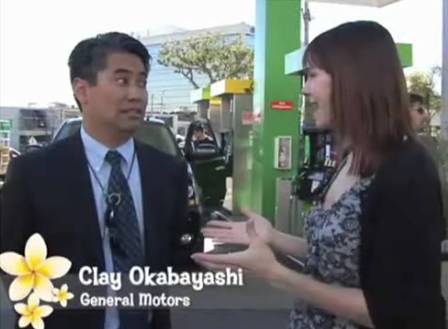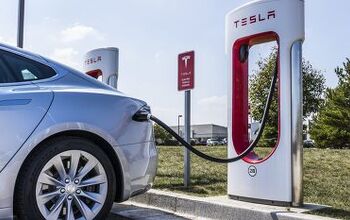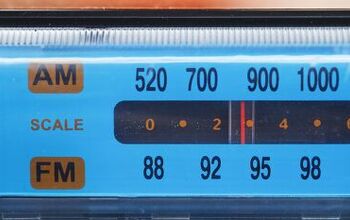TTAC Contest: How Many Misleading Statements Can You Find in This E85 Report?
OK, we're not just looking for the number of questionable E85 propaganda pronouncements in this video report on Autoblog founder Jason Calacanis' Mahalo Daily. We're also interested in the quality of your dissection (i.e. what they didn't say as well as what they did). Bonus points will be awarded for avoiding jargon and (of course) sarcasm. And yes, you can point out fascinating, non-E85-oriented details gleaned from the vid (music, dress, eyebrow work, attempts to avoid staring at certain biological bits, accents, etc.). There is no prize for your punditry per se, but Frank and I will choose the commentator who's the most infotaining and post their name underneath this text, in recognition of your (yes your) service to the cause of common sense environmentalism (the emphasis here on mental). We're talking major props from TTAC's Best and Brightest, as well. Take no prisoners. (As if.)
And the winner for the most infotaining post is... AKM
More by Robert Farago


































Comments
Join the conversation
The temporary relief provided by the ethanol binge will be replaced by the hangover of grim reality. Then we'll get to work on a viable solution, albeit with a splitting headache.
The one nit to pick with Megan's statement directly above is that with switchgrass, or anything that would be best grown on marginal land with relatively little water, there would be no competition with corn. It's worth noting that the amount of water used by ag is huge, at a time when the country is facing serious water shortages (see NYT Mag Oct 21, 2007 http://tinyurl.com/2r6xpl) and yet all the major candidates favor immigration policies that will boost the US population 50% by mid-century. The problem is that a typical plant has to keep its leaves pumped up with water in order to scavenge the minuscule amounts of CO2 in the atmosphere--.038%, or thereabouts. But the same orifices on the leaves that take in CO2 let the water out so the plant must keep replenishing the supply. The plant uses on the order of 500 molecules of H2O to capture a single molecule of CO2. As a Harvard plant biologist put it to me, "If I turned the mass of my body into sunflower leaves, I'd have to drink two liters every 30 seconds."
Clearly the contributors to this video didn't quite grasp the full significance of the change towards E85 in the US. Sure, they got that it won't empty your wallet (until you need to fill up again the very next day, or until government subsidies run dry, whichever comes first). Sure, it's a 'renewable fuel' (as long as we can find a plentiful, cheap energy source to make it with). Sure, it's trendy (how else do you explain the elusive availability of the product). Sure, it helps to sustain domestic employment (just look at the Soviets now to see how well that will work out). But all that misses the point. The real advantage of agrifuel is that it will help emaciate the generally obese US population, possibly even to the point of malnutrition and disease from food and water shortages. The fuel savings from this terrific weight loss alone will be staggering. Add on top of that the fuel savings from depopulating the nation (the dead don't drive, you see) and we have here a real miracle cure for the US oil addiction. "Liv free or die trying". "Conserv or die trying". What's the difference really? And for who think it's preferable to liv free than to Conserv, they will, eventually, wake up and learn the true meaning of doing their part to help out the nation. By the way, the video is now viewable here: http://tinyurl.com/2nyone